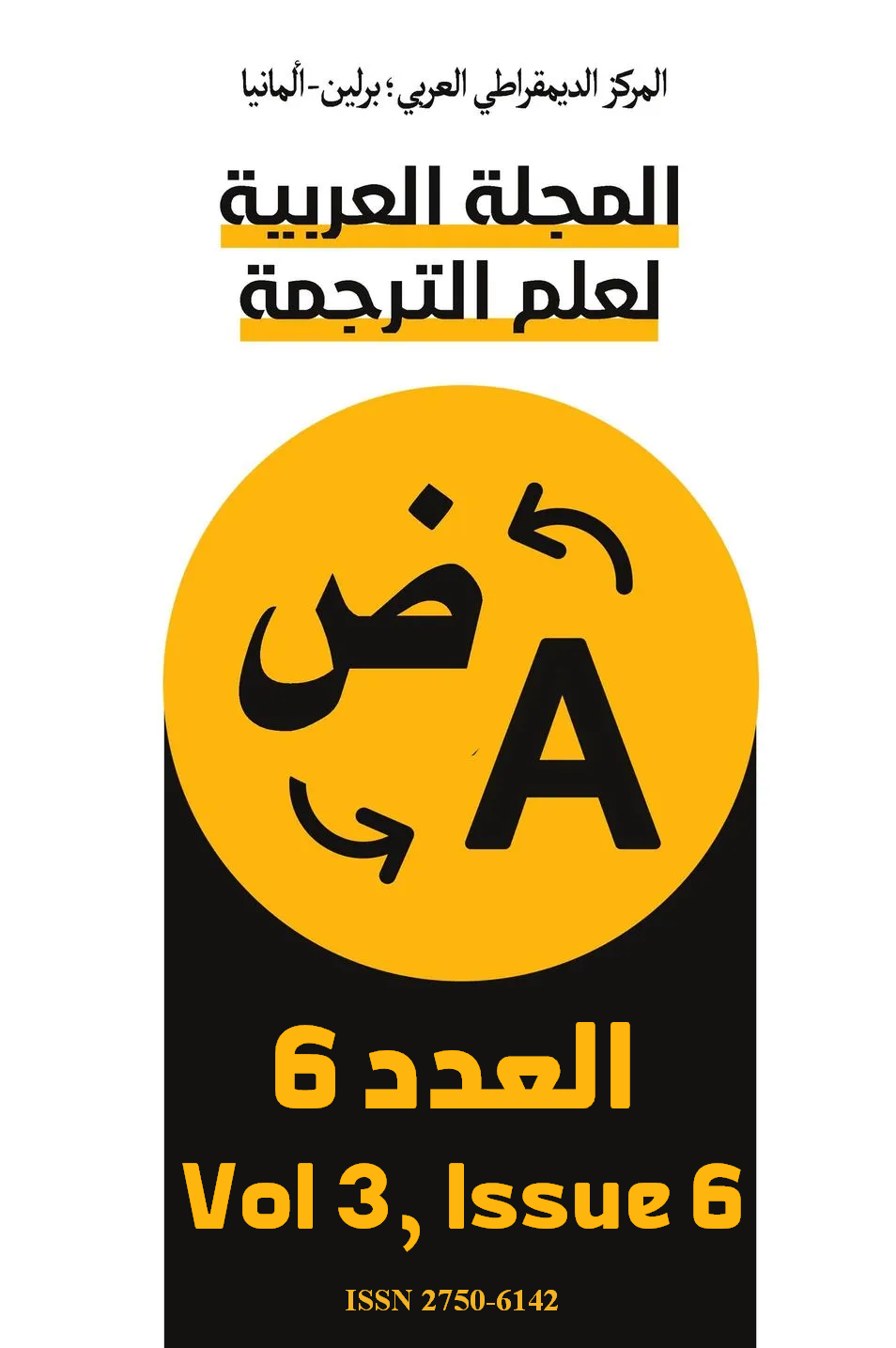The Contrast of the Passive Voice between Arabic and Persian Languages
DOI:
https://doi.org/10.63939/AJTS.835g7r33Keywords:
Arabic, Persian, Passive Voice, the Deputy SubjectAbstract
The verb is very important to grammarians during study of the elements of the sentence, and the division of the verb into passive voice and active verbs is important because it relates to the deleting the subject, therefore it was important to study it in a contrastive analysis in Arabic and the other languages, including Persian, in order to know the differences between them in formulating the passive voice. Using a descriptive analysis approach, this article attempts to present the passive voice and its form and the deputy subject in Arabic and Persian languages. The study concludes that passive voice in Arabic and Persian has the same concept, but there are points in which the two languages differ, including that the form of the passive voice follows the exchange morphology in Arabic, but it follows the grammar in Persian. The verb that can be turned passive has different conditions. The passive can be of object, gerund, preposition and adverbs in Arabic and Persian, and other differences that is worthy of attention, which led us to do this article.
Downloads
Downloads
Published
Issue
Section
License

This work is licensed under a Creative Commons Attribution-NonCommercial 4.0 International License.
As an open-access the journal follows the CC BY-NC 4.0 Attribution-NonCommercial 4.0 International which states that:
- you are free to:
- Share— copy and redistribute the material in any medium or format.
- Adapt— remix, transform, and build upon the material.
- Under the following terms:
- Attribution— You must give appropriate credit, provide a link to the license, and indicate if changes were made. You may do so in any reasonable manner, but not in any way that suggests the licensor endorses you or your use.
- NonCommercial — You may not use the material for commercial purposes.
- No additional restrictions — You may not apply legal terms or technological measures that legally restrict others from doing anything the license permits.












